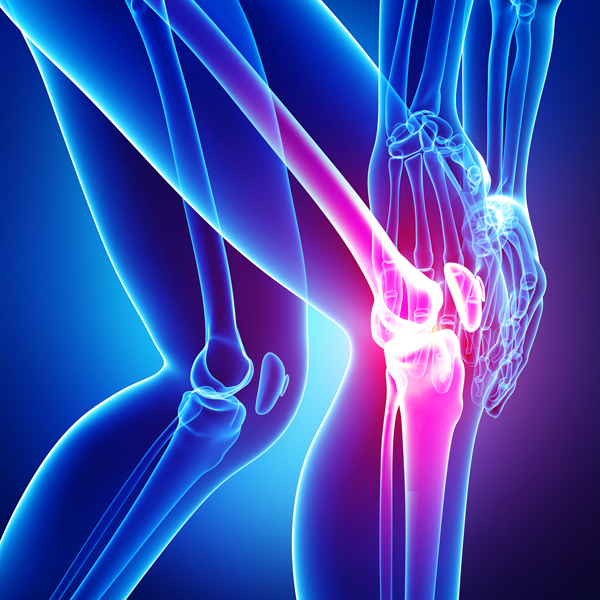Dr. Manuj Wadhwa
We live in a world and time where compromise is no more a solution and the expectations from a joint replacement have increased manifold.
There has been a lot of awareness about knee replacement surgery in the last decade and enough new technology advancement has been seen in this space. However, studies have shown that one out of every 5 patients operated for knee replacement using traditional techniques is dissatisfied with their ability to do squats, stair climbing or any strenuous activity after surgery.
Unlike implant that create unnatural motion with a symmetric, circular design, or with a rotating platform, the latest innovation – Journey II Kinematic Knee Alignment accommodates the swing and rotate of the knee with the same engineering principles as the body does naturally. As a result, the muscles and ligaments around the new joint don’t have to work harder because the implant’s natural shape and resulting motion allow these soft tissues to move in familiar ways. This leads to higher patient satisfaction scores, more mechanical efficiency of the muscle, and a more natural feeling while walking or bending in the months after their procedure thereby meeting the unaddressed needs of patients undergoing implant surgeries. Young and the restless arthritic knee… To replace or not to replace?
When conservative management options have been exhausted, the challenge for the orthopedic surgeon is to offer a procedure that will relieve symptoms and allow a return to a high level of function but not risk future surgery that may be required as disease progresses or prostheses fail and require revision, often also because most implants wear off in 10 – 15 years.
When a young and active patient comes to us with debilitating pain and loss of normal knee function at the age of say – 47, should we ask him or her to wait for as long as possible before undergoing total knee replacement, so that there is a low likelihood for the need of a repeat or revision surgery? That question is very difficult to answer for any surgeon. In the not-so-distant past, most younger patients with advanced arthritis were told to just live with the pain or cut back on their activities, and wait until later in life to have joint replacement. But thanks to technological advancement and an unmatched design innovation, we now have Active Knee Solutions like JOURNEY™ II that address these concerns of long-lasting performance very safely and effectively.” The material used is Oxidised Zirconium which is a very smooth ceramic and has been tested by US FDA for 30 year wear performance. This combination of low wear biomaterials with latest design concept makes Journey II a perfect choice for young, active high demand patient. If these technologies are combined with minimally invasive computer assisted surgeries, then this combination can make surgeries pain free and a very active return to normal life where patients can walk, bend, squat or play mild sports and recreation.
The author is Director & Head, Max Elite Institute of Orthopaedics & Joint Replacement)


